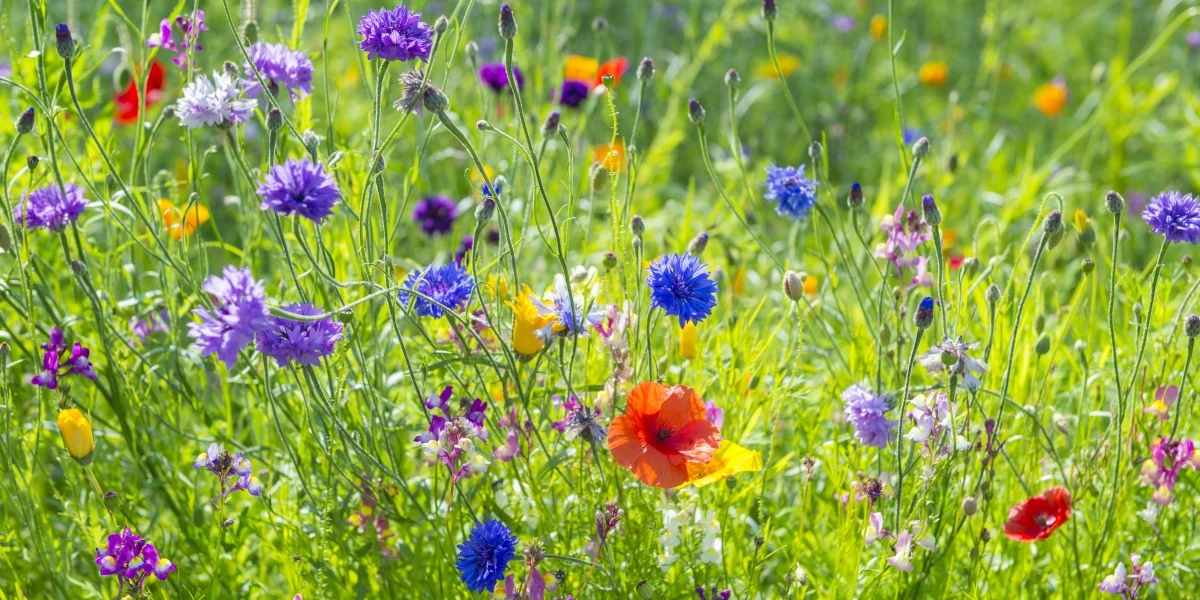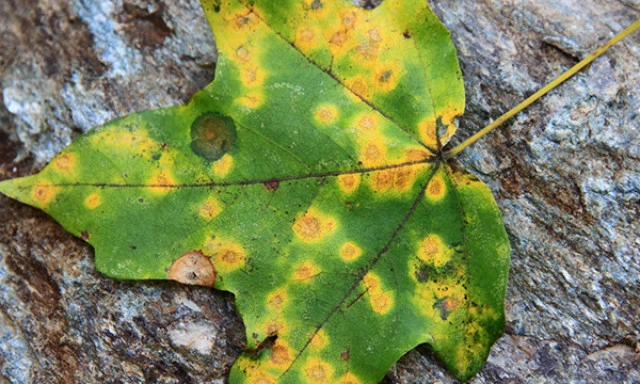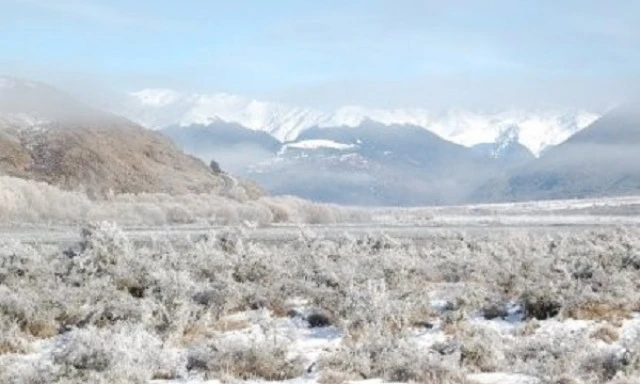Protect Beneficial Insects
Bees are pollinators of many plants including strawberries, kiwifruit, figs, grapes, stone fruit and apples. Even salad plants need pollination to produce the seeds from which they are grown. Bees in New Zealand cannot survive without our help and we could not survive without them and other pollinators.
The Pollinators
The major pollinators in New Zealand are honey bees, bumblebees, native bees, birds, hoverflies, butterflies, moths and beetles.
Pollination
Pollination is the transferring of pollen from the anther (male organ of flowers) to a stigma (female organ flowers). Without pollination, seeds and fruit are not produced. Some plants achieve pollination by producing masses of pollen that is carried by wind and is randomly carried to the stigma of another flower of the same species. However, this is inefficient and wasteful of pollen so many plants have evolved a relationship with animals such as insects that are attracted to the flowers for food and then carry the pollen from flower to flower. It is estimated that one third of the food we eat is the result of such pollination.
Pathways
Particularly in urban situations, pollinators can find it difficult to find the flowers and food they need to survive and thrive. There may be pockets of flowers on which they feed in urban-rural fringes, urban parks and some gardens, but these can be isolated from each other and the distances between them make it difficult for the pollinators to move from one to the other to find mates and sources of food. This is where we can all help by planting plants attractive to bees, butterflies, birds and beetles.
You can help our pollinators by providing pollinator pathways for our pollinators to safely travel along from bush to parks to gardens and back. For example, in Auckland, the For the Love of Bees is a City Bee Collaboration aimed at making Auckland the safest city in the world for bees.
Here are some ways you can help:
- Plant nectar and pollen-rich flowers* – Any size garden can attract and encourage pollinators; from a wildflower meadow to a planter with a few well-chosen plants. Bees and other pollinators will forage on these flowers for nectar and pollen. Well-fed bees and other pollinators are more resistant to diseases and parasites.
- Provide Shelter - Pollinators need shelter for protection from predators and the elements. You could let a hedge or part of your lawn grow wild for ground-nesting bees. Let a pile of grass cuttings or a log decompose in a sunny place on the ground, or allow a dead tree to stand to create nooks for butterflies and native solitary bees.
- Provide Water - Bees, birds and butterflies all need water. Install a water garden, a birdbath or a rain butt. Puddles and natural ponds attract butterflies. Muddy puddles and edges of ponds provide salts and nutrients as well as water.
- Take Care with Chemicals in the Garden - Many pesticides, even organic ones, can be harmful to bees and other pollinators. Avoid using insecticides on flowers or plants about to come into flower. Use products with lower risk to bees and other pollinators, e.g. organic products such as Kiwicare Organic Insect Control pyrethrum break down quickly greatly reducing the risk to beneficial insects.
*Plants that attract bees include:
- Perennials and Annuals
Allium, Aster, Basil, Bergamot, Blanket flower, Borage, Cosmos, Flax, Gaillardia, Geranium, Globe thistle, Goldenrod, Helianthus, Hyssop, Lavender, Lupin, Marjoram, Mint, Mullein, Paintbrush, Poppy, Rosemary, Sage, Sunflower, Thyme, Verbena, Wallflower, Wild rose, Zinnia. - Trees, Shrubs and Fruit
Almond, Apple, Blackcurrant, Cherry, Gooseberry, Pear, Plum, Raspberry, Strawberry, Lilac, Willow. - Plants that attract butterflies include:
Alyssum, Aster, Butterfly bush, Calendula, Cosmos, Daylily, Delphinium, Dianthus, Fennel, Goldenrod, Hollyhock, Lavender, Liatris, Marigold, Musk mallow, Nasturtium, Oregano, Phlox, Purple coneflower, Sage, Scabiosa, Shasta daisy, Stonecrop, Verbena, Zinnia.
Plants that attract butterfly caterpillars
Borage, Fennel, Grasses, Hollyhocks, Lupine, Milkweed, Nettle, Ornamental thistle, Willow. - Kiwicare Gro-Sure Easy Wildflowers
Easy Wildflowers contain seeds of a wide variety of bee and butterfly attracting flowers including Alyssum, Amaranthus, Calendula, Candytuft, Cornflower, Chrysanthemum, Coreopsis, Echium, Evening primrose, Foxglove, Gilia, Gypsophila, Livingstone daisy, Love lies bleeding, Nemophila, Nigella, Pheasant’s eye, and Poppy.
So, let’s all do our bit to protect and promote our pollinators - We need them.
David Brittain
Kiwicare


